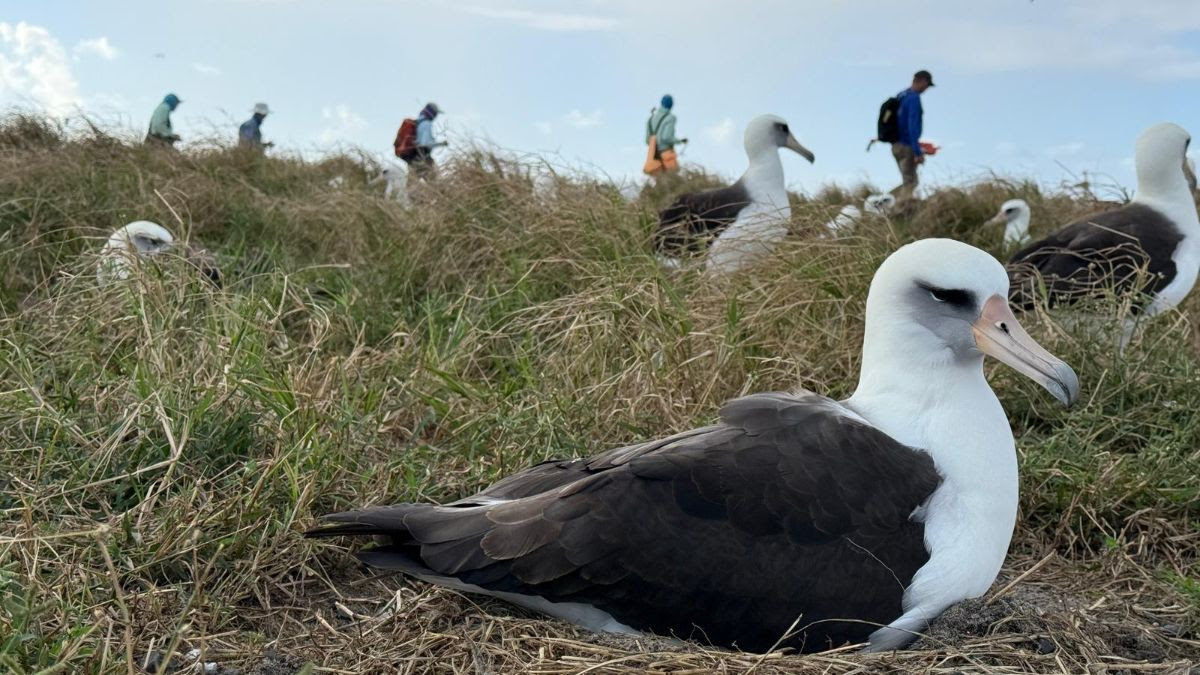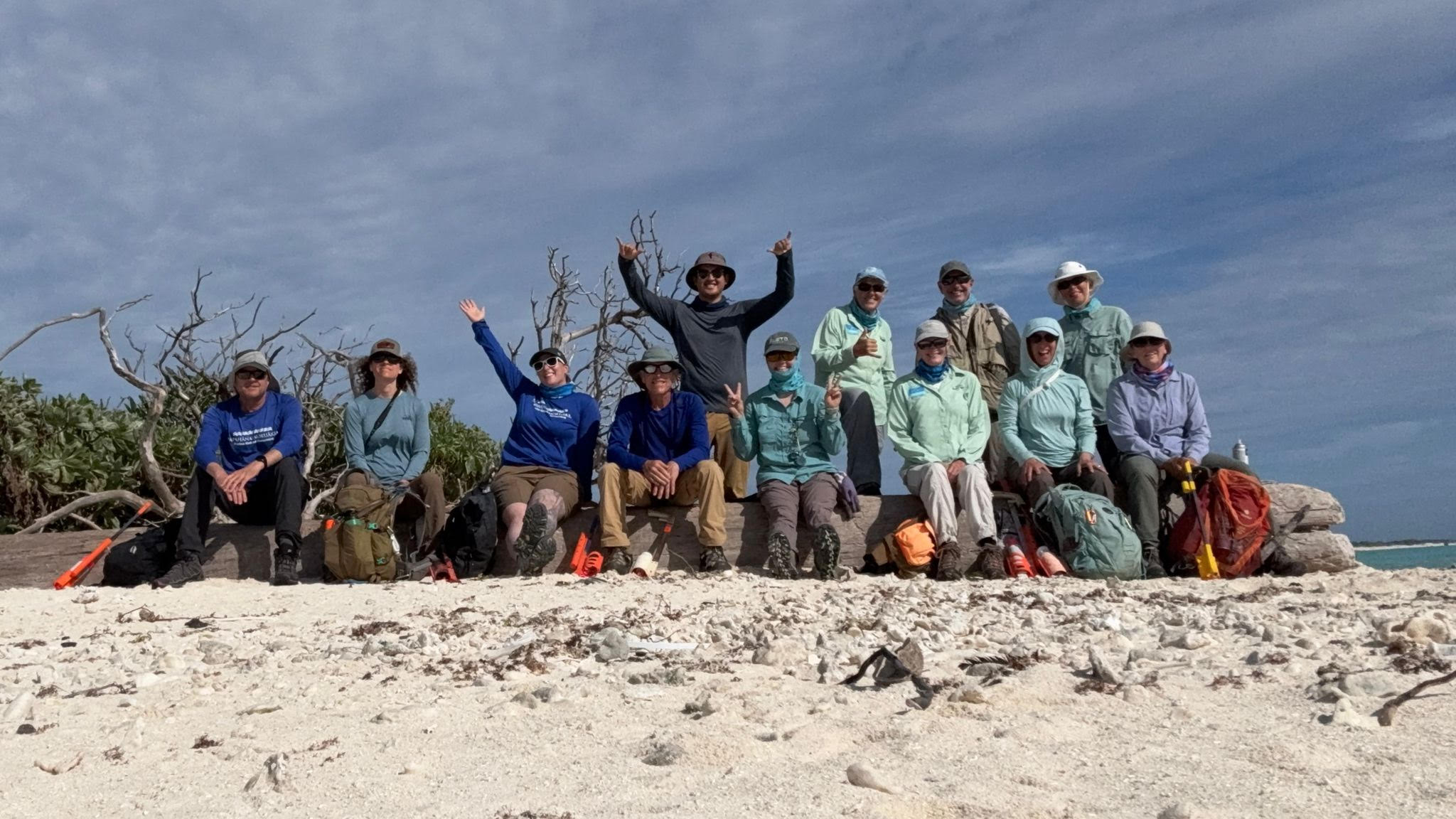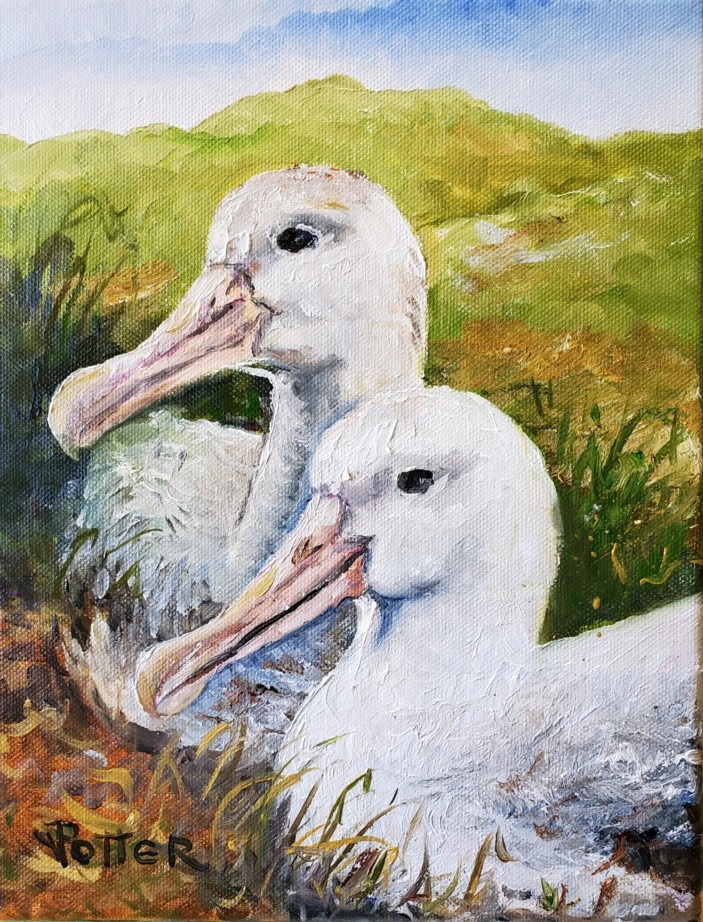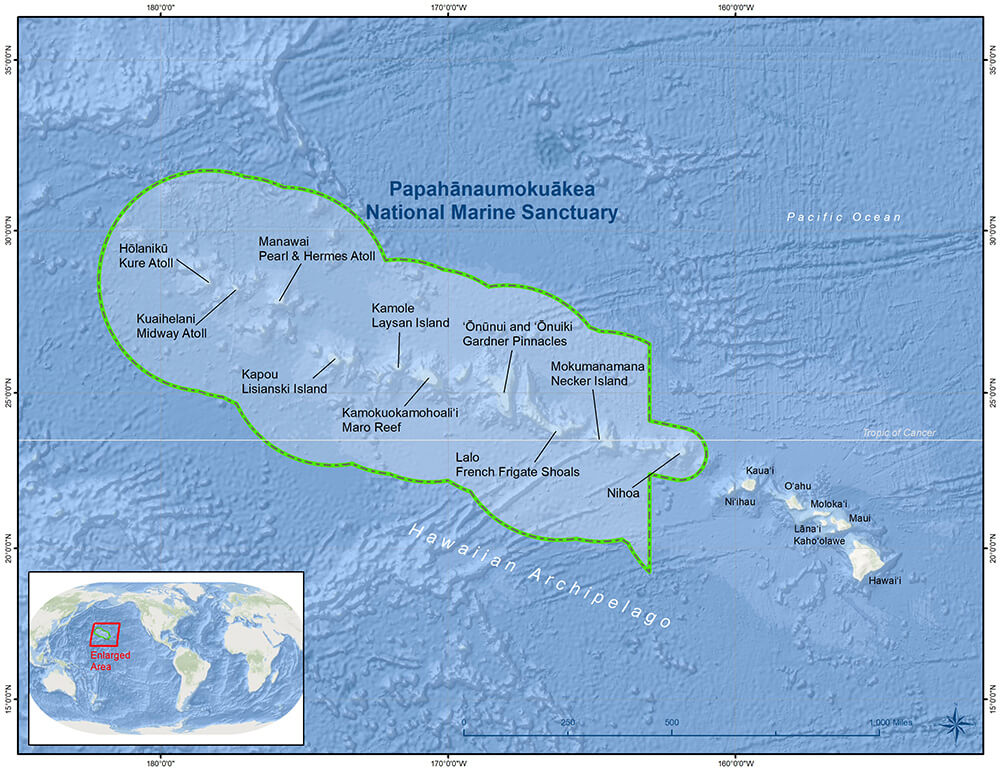 The ground count is underway among incubating Laysan Albatrosses on Midway Atoll
The ground count is underway among incubating Laysan Albatrosses on Midway Atoll
The Friends of Midway Atoll National Wildlife Refuge reports on its Facebook page on testing drone technology during the recently completed annual albatross count on Midway Atoll.
“The Fish and Wildlife Service is also happy to report a drone team came out this year in an effort to help reduce the cost and time to conduct future counts. While the drone did an aerial count, the bird counters did a complete on-the-ground count of all nesting albatross species within Kuaihelani (Midway Atoll ). Additionally, ground transects were set up for comparison in different habitat types. While the analysis is still on-going, the drone has already proved remarkably successful. Although the drone is not reliable at sighting nesting birds in the non-native ironwood forests on Sand Island it has shown success in the heavy shrub areas.”
Supervisory Biologist Jon Plissner was able to observe the drone's amazing avoidance capabilities. "The day I was out there over hundreds of Manu-o-Kū or White Terns started mobbing the drone, which was apparently the most they [the drone team] observed the entire time. Also a flock of Cattle Egrets came and started swarming it and you could see the drones hesitating and avoiding individuals as the birds approached within a few meters. There was no collision, no incidents and no disturbance of birds on the ground whatsoever. The trials seemed successful but we still would like to get a couple of more years in so that is where the funding the count is going to be critical."
 The bird counters celebrate after finishing the 2025 count on Midway Atoll’s Eastern Island, photographs from the Friends of Midway Atoll National Wildlife Refuge
The bird counters celebrate after finishing the 2025 count on Midway Atoll’s Eastern Island, photographs from the Friends of Midway Atoll National Wildlife Refuge
ACAP Latest News will report of the 2024/25 season’s ground counts once the final results are released. It seems to have been good year for Laysan Albatrosses Phoebastria immutabilis, but less so for Black-footed Albatrosses P. nigripes. “The most exciting news is this year's total for Mōlī nests will be the second highest number recorded since the annual nest count began in 1992! For Ka'upu or Black-footed Albatross, the news is not as encouraging with the second lowest nest count reported since 2005.”
Read an earlier ACAP Latest News article on the recent count here.
John Cooper, Emeritus Information Officer, Agreement on the Conservation of Albatrosses and Petrels, 23 January 2025

 English
English  Français
Français  Español
Español  Antipodean Albatross photograph by David Tipling
Antipodean Albatross photograph by David Tipling





 The latest
The latest  Northern Giant Petrel chick on Marion Island, watercolour by
Northern Giant Petrel chick on Marion Island, watercolour by